Scientists will release genetically-engineered mosquitoes in Africa to fight malaria
It's a step in perhaps one of the most ambitious and cutting-edge technologies.
In the winter of 2016, a plane carrying an unusual shipment made its way from Italy to Africa.
Inside were the eggs of 5,000 genetically modified mosquitoes.
That shipment was the first stage in what is shaping up to be one of the most ambitious and cutting-edge scientific ventures in the global fight against malaria.
Scientists are determined to eradicate the deadly disease that kills nearly three million people worldwide every year. Africa bears the brunt of the burden; nearly 90 percent of infection cases were in its sub-Saharan region.
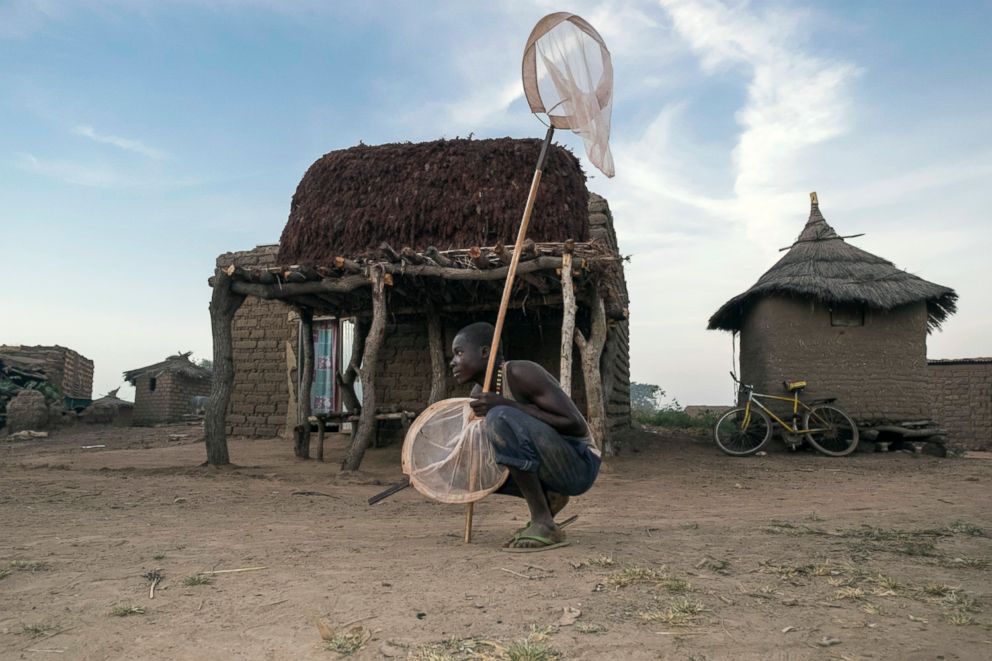
The eggs brought from Italy reached a research laboratory in the sub-Saharan African nation of Burkina Faso, where, locked securely behind double metal doors, they hatched, one by one, into tiny wriggling larvae. Within days they were adults.
The researchers caring for the mosquitoes fed them sugary water and fish food in Petri dishes. The females were also fed blood through a machine that simulated the sensation of biting through skin and were crossed with male mosquitoes found locally.
Of that first group, all 5,000 mosquito eggs carried a genetic modification that made the males among them sterile -- and the next generation's males sterile and the next generation's males sterile and so on. Now, after two years and several dozen generations of interbreeding between the females of European descent and local African males, scientists finally have a group of 10,000 sterile male mosquitoes that carry the genetic modification and are also fully adapted to the local conditions.
It's time to set them free.
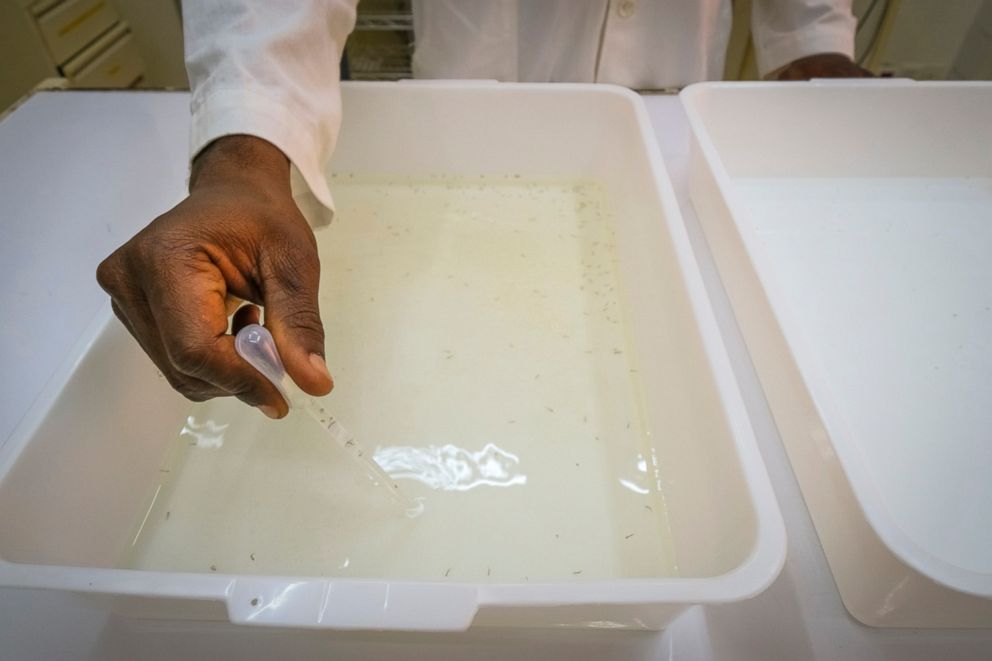
The scientists are part of a project by a nonprofit consortium called Target Malaria, made up of biologists and social scientists from around the world. In the next few months, they will release these 10,000 carefully bred, genetically modified mosquitoes into a small village in Burkina Faso. Being male and sterile, the lab-grown insects will neither be able to grow in number nor spread malaria (only female mosquitoes bite and transmit the disease).
If this first stage goes off without a hitch, the project will have inched closer to rejuvenating the world’s losing battle against the disease.
“Some time ago, we found that efforts against malaria in Africa had hit a plateau,” said Delphine Thizy, the stakeholder engagement manager of Target Malaria. “Even though the number of mosquito nets and insecticides and sprays being used was increasing, the number of cases of infection had stopped decreasing.”
She continued, “The problem was that the local mosquitoes had adapted — they had grown resistant to the chemicals and also learned to bite in times and places when people were not under the net.”
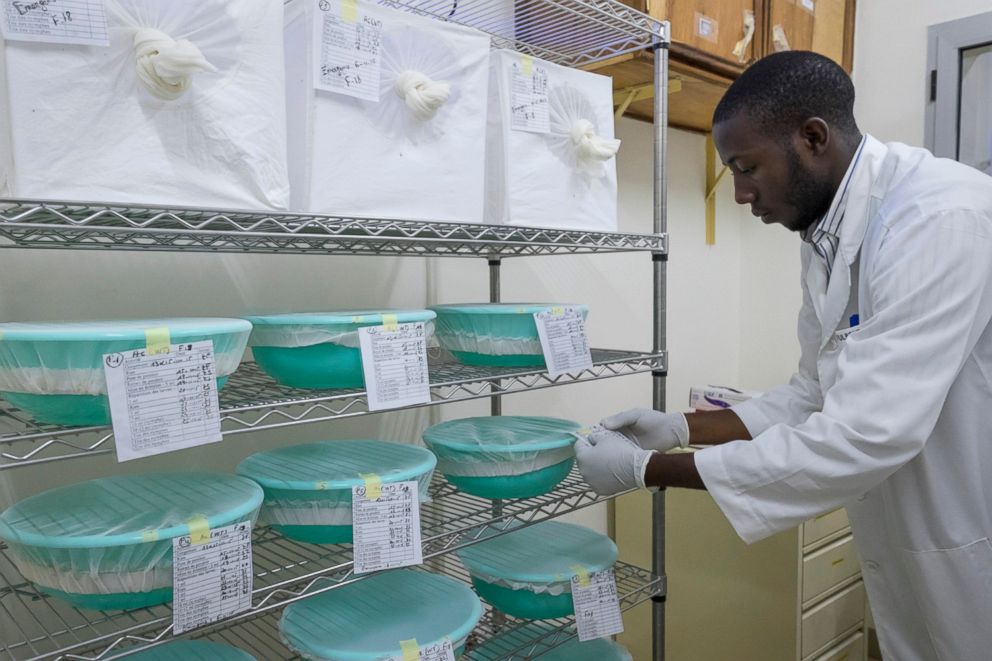
So researchers at the Imperial College in London, part of Target Malaria, decided to try a new approach -- disrupting the sex ratio and breeding frequency of the three most dangerous species -- Anopheles gambiae, Anopheles coluzzii and Anopheles arabiensis.
In one experiment, a gene was introduced that would make all the babies male. In another, a different gene was introduced that would stop the females from being able to reproduce.
These mutations would be passed from generation to generation until a majority of the malaria-carrying mosquitoes in the region were extinct. This isn't an entirely original idea either. Genetically modified mosquitoes were used in Brazil as well as in California at the height of the Zika crisis last year to fight the disease.
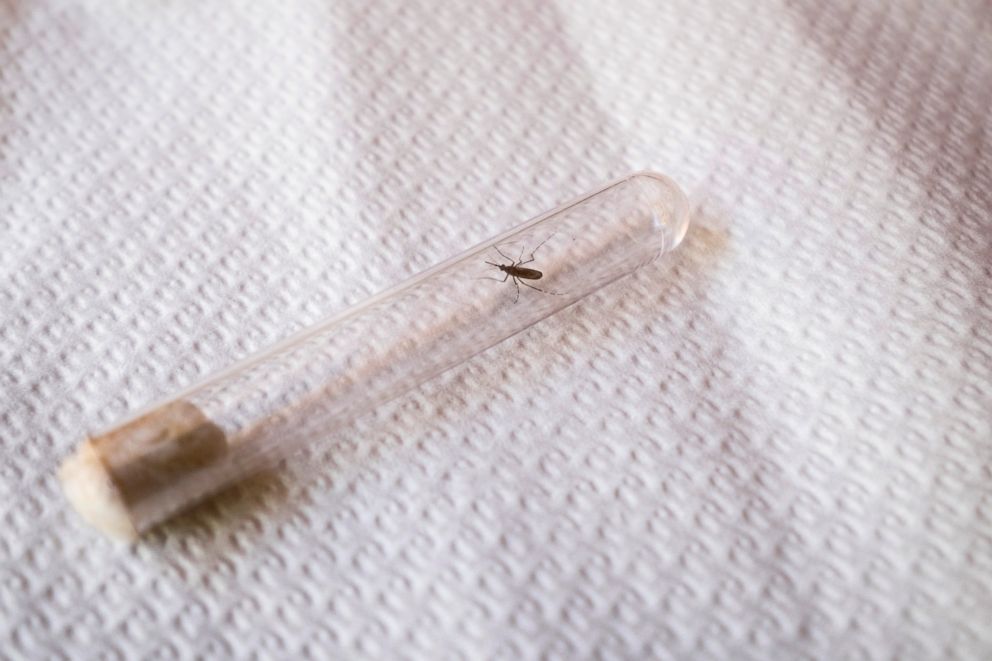
This may seem frighteningly reminiscent of science-fiction horror movies.
Scientists were aware of fears that the fallout could spin out in unanticipated and terrible ways, said Jeff Chertack of the Bill and Melinda Gates Foundation, which has poured $70 million into Target Malaria's research as part of its larger involvement in the fight against malaria.
To make sure the release doesn't have adverse effects on the ecosystem or on humans, scientists brought in an independent group to carry out an ecological risk assessment.
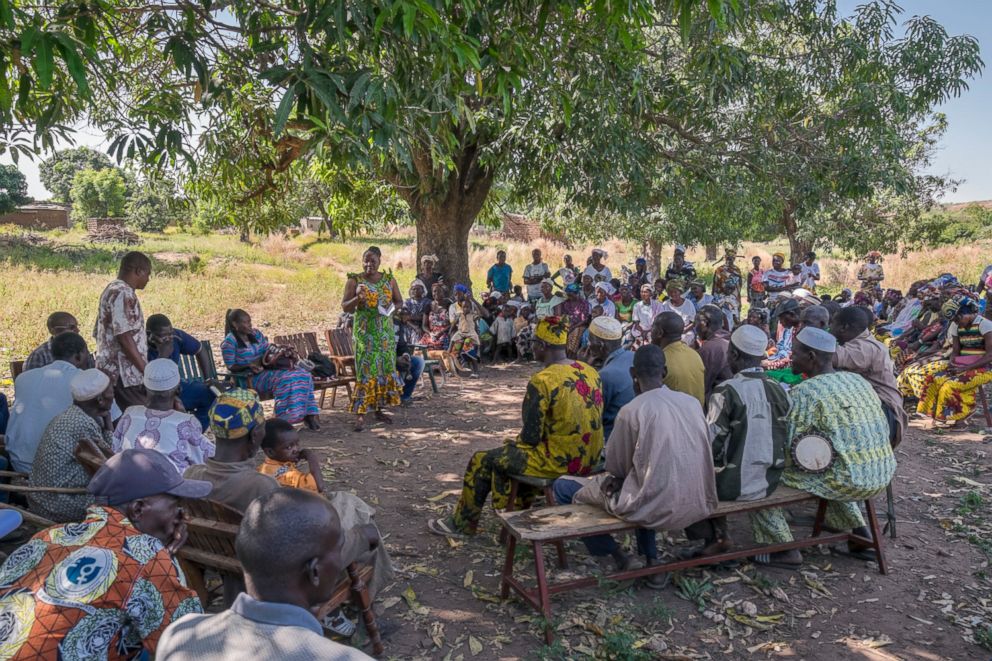
Still, there's a long way to go, said Target Malaria's Delphine Thizy.
The release of the 10,000 sterile males is only a first step toward the ultimate goal - perfecting the genetic modification techniques on the female mosquitoes and making them ready to roll out, which may take another 10 years. But if successful, it could save millions of lives — and there may not be a way without it.
“Even if we had three times the funds we have, we could not eradicate malaria with only the methods we have at our disposal,” Thizy said.
In the meantime, Target Malaria’s partners in Burkina Faso, Mali, Ghana and Uganda are getting busy on another part of the project -- outreach.
“It’s one of the essential pillars of our work — making sure the villagers understand and are happy with what we are doing,” said Thizy. “This is why our partners in Africa have been working with the government and the local people, talking to them, building trust with them and having discussions about the risks involved.”
The villagers, Thizy said, are mostly optimistic and understand the benefits involved. So do the governments. Burkina Faso's state regulator recently approved the release of the 10,000 mosquitoes.
These are encouraging signs, said Thizy.
"The information we get from monitoring these mosquitoes will be able to inform the next steps we take," said Thizy. "It's a good first step for building and growing our project."




